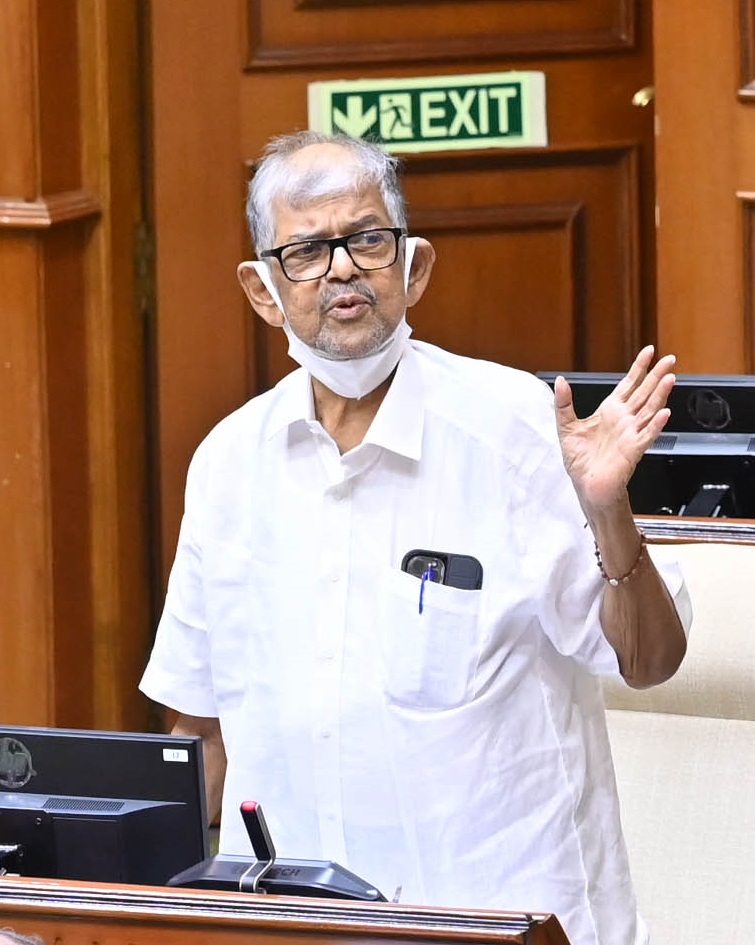Digital waste monitoring, deposit refund scheme to combat plastic litter

MAPUSA
Goa’s beaches and coastal ecosystems are grappling with a growing crisis of marine litter, with recent studies identifying the State’s coast as having the highest quantity of beach debris among all Indian coastal states.
The situation has raised alarm bells across sectors, as plastic litter has emerged as the most dominant form of debris, posing a threat to the environment, public health, wildlife and the local economy.
In a written reply tabled in the Goa Legislative Assembly, Environment and Climate Change Minister Aleixo Sequeira disclosed that plastic waste is found at alarming levels across the State’s coastline, including its beaches and sensitive ecosystems such as mangroves. The issue is compounded by the presence of microplastics in the Sal estuary, one of Goa’s crucial water bodies.
“High quantities of beach debris and the presence of microplastics in commercially harvested fish and shellfish can negatively impact the State’s most important economic activity – the fishing industry,” Sequeira warned in his statement.
He further noted that microplastics have been detected in the water, sediments and marine organisms inhabiting the Sal estuary, underscoring the extent of contamination.
Sal – most polluted water body
The Sal estuary in South Goa has been identified as the most polluted estuary in the State, with sewage discharge being a major contributor to its deteriorating health.
“The estuary is heavily impacted by sewage discharge, which contributes to contamination and potential health risks,” the minister added.
Apart from threatening aquatic biodiversity, the growing volume of marine litter – particularly plastics – poses physical harm to marine and coastal wildlife, including turtles, seabirds and fish, many of which are known to ingest plastic fragments or get entangled in debris.
Studies paint worrying picture
A number of key scientific studies conducted over the past five years have painted a worrying picture of marine litter along Goa’s coast.
The National Institute of Oceanography (NIO), Goa conducted a study on microplastics in water, sediment and seafood at the Sal estuary, while the ICAR-Central Marine Fisheries Research Institute (CMFRI), Mumbai studied the impact of tourism-induced marine litter at Grande Island. The ICAR-CMFRI also carried out the National Marine Beach Litter Survey, which included Goa among the coastal regions evaluated.
These studies confirm that Goa, despite its small size, is facing disproportionately high levels of marine debris – a challenge that requires both community action and policy-level intervention.
Government steps in
In response to the mounting concerns, the State government has initiated a range of measures to curb marine litter and plastic pollution: The Tourism Department has appointed contract workers for regular waste collection from beaches to reduce littering.
A Deposit Refund Scheme aimed at enhancing the recovery, reuse, and recycling of non-biodegradable packaging materials is expected to be rolled out next year.
The Goa State Pollution Control Board is in the process of developing a Digital Waste Monitoring Platform (DWMP).
The platform will facilitate the registration and monitoring of all stakeholders in the waste management ecosystem – including waste generators, collectors, dealers, recyclers and transporters. Once operational, the DWMP will help track the transportation and disposal of non-biodegradable waste from all authorised facilities.